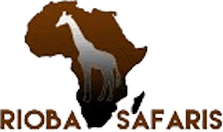Tanzania Budget Safaris
Rioba Safaris offers budget-friendly safaris in Africa, focusing on authentic wildlife experiences and affordable accommodations. They explore national parks and game reserves like Maasai Mara, Serengeti, Amboseli, Ngorongoro, Laikipia, Tarangire, and Bwindi. Despite the cost, the quality of the experience remains high, with the Big Five, giraffes, zebras, wildebeests, and bird species. Rioba Safaris provides knowledgeable guides who can navigate the terrain and spot wildlife. Additionally, cultural experiences like visiting local villages or learning about indigenous tribes can add depth to the journey.
Whether you’re planning a perfect ideal wildlife safari, The great Wildebeest Migration safari, a family safari, a romantic honeymoon safari, an exclusive once-in-a-lifetime luxury adventure or a memorable celebration, we’ll design and customize the perfect unique itinerary for you.
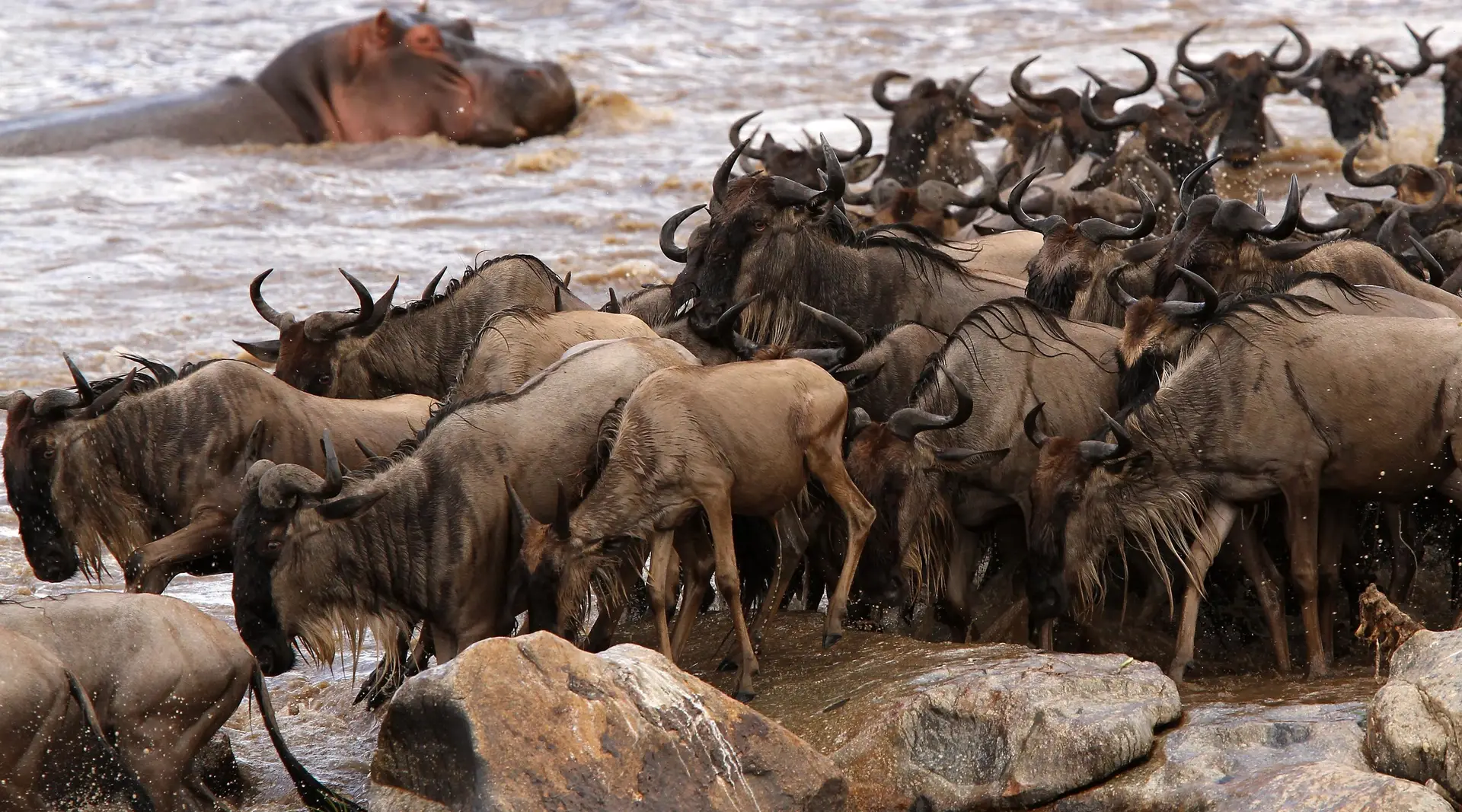
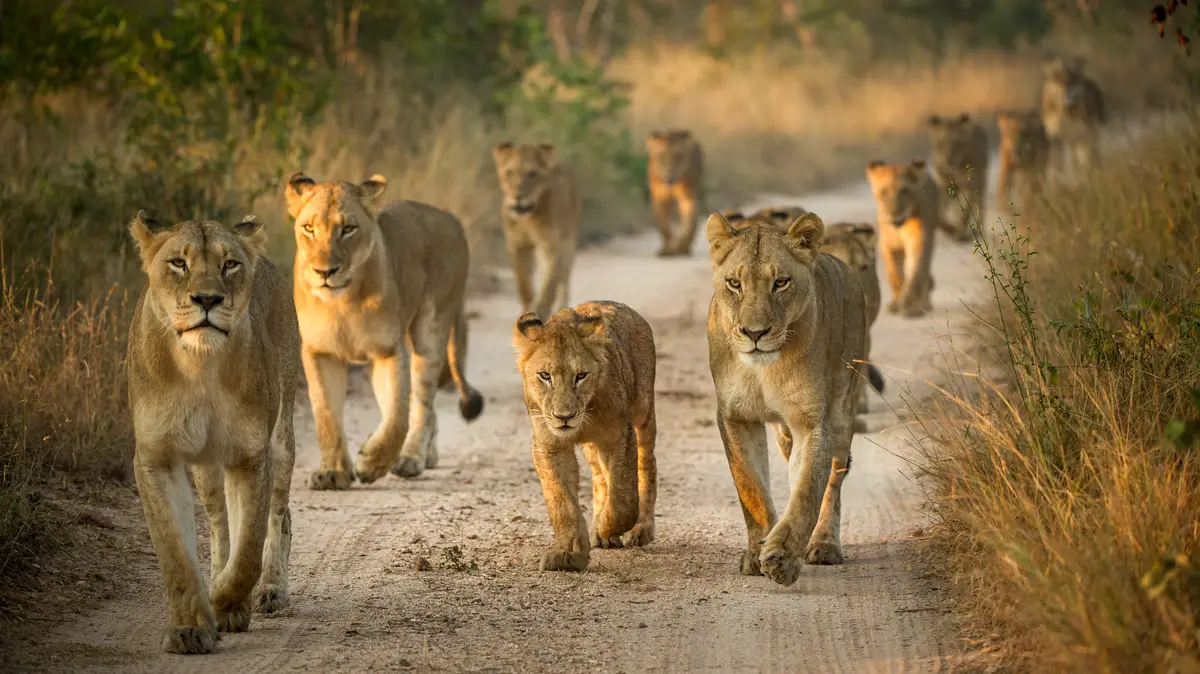
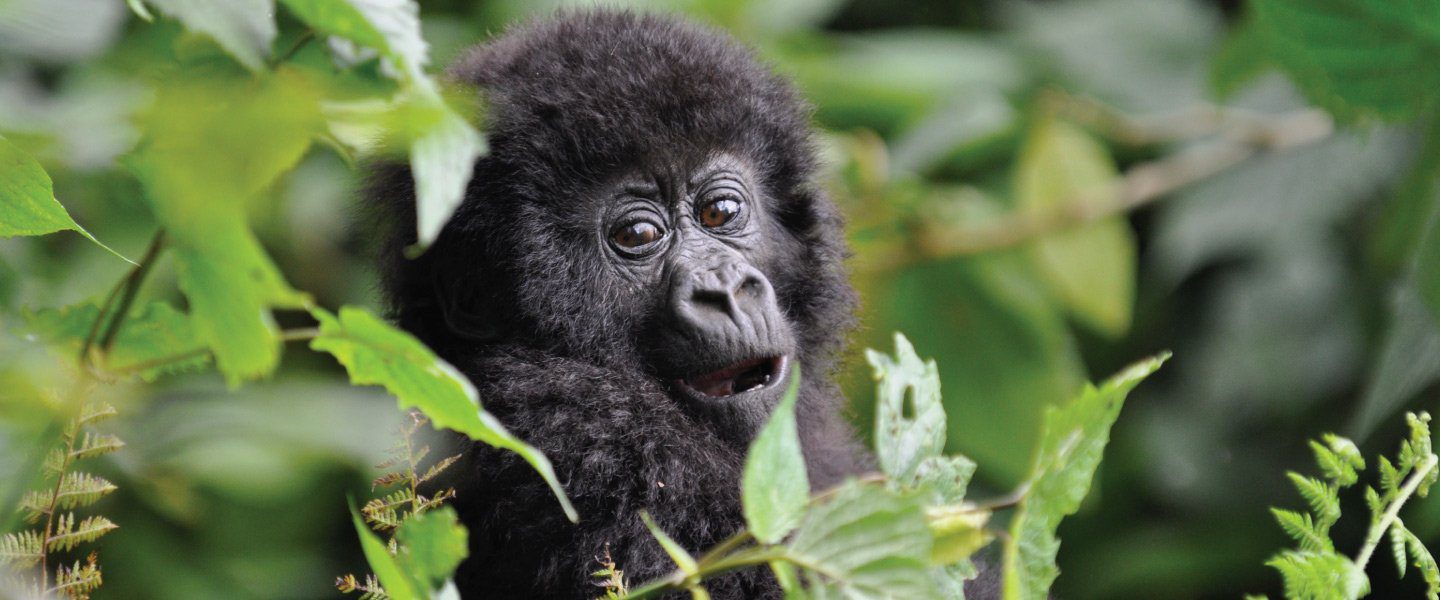
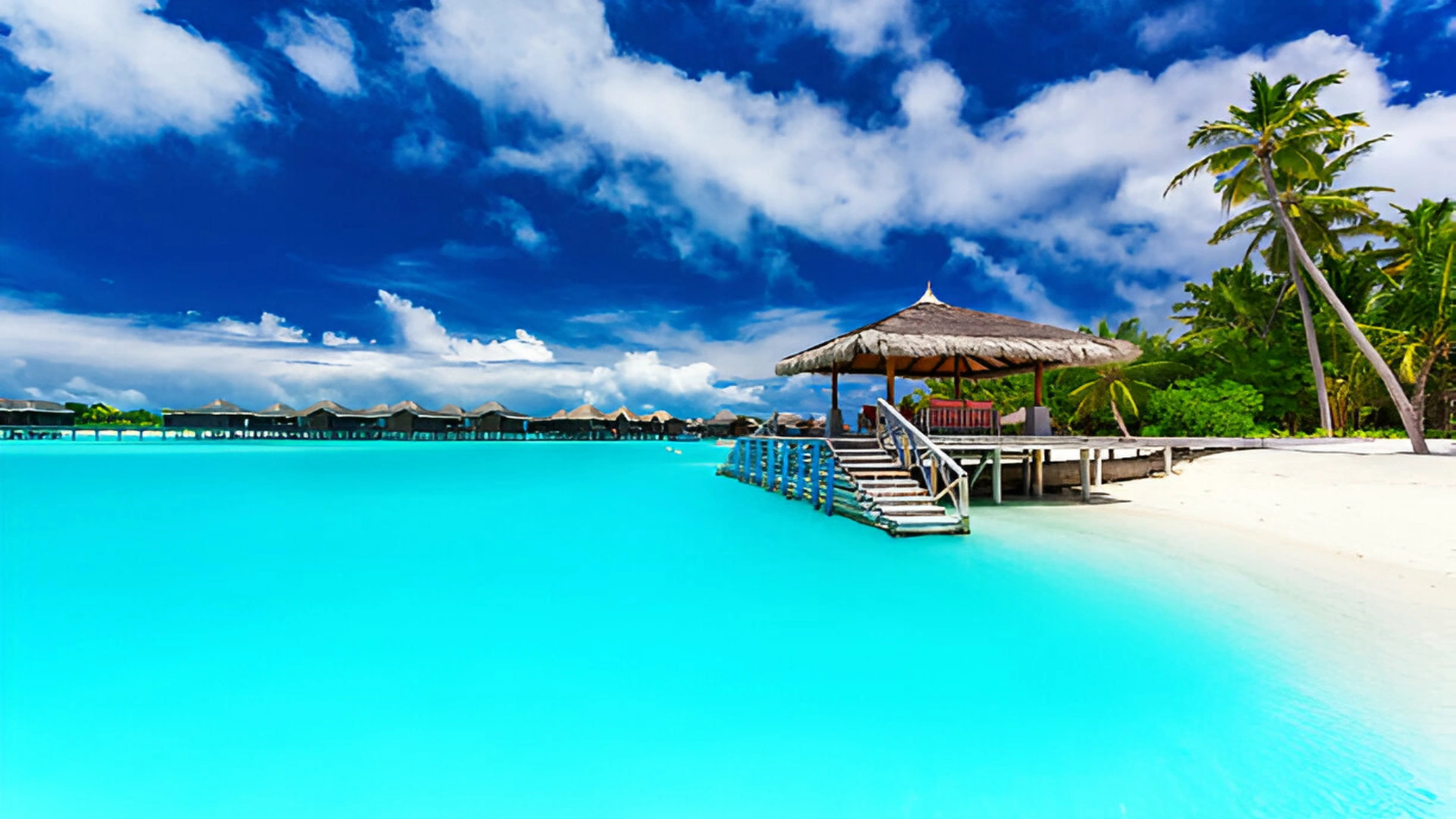
Rioba Safaris is a destination management company headquartered in Arusha with over 5 years of impeccable service and reputation. We organize epic safaris and hiking adventures in Tanzania’s vibrant heartland, where African adventure is most authentic.
Expert Guieds
Rioba Safaris offers an unforgettable safari experience with expert, and well-organised guides.
Best Vehicles
We use only new Land Cruisers produced in 2016-2023 and fitted with a fridge, Wi-Fi and sockets
Customized Itineraries
We provide customised itineraries to cater to the diverse interests and preferences of our clients.
Licensed Operator
Annually approved for tour operating activities by the Ministry of Natural Resources and Tourism
Smart Planning
Our team of qualified safari experts knows how to tailor your adventure to your individual travel style
Conservation Commitment
We are known for our commitment to environmental conservation and sustainable tourism practices.
Customer Satisfaction
Rioba Safaris prioritises customer satisfaction, ensuring every client has a memorable experience in Tanzania.
-
When is the
best month to
travel to
Tanzania?
- When is the best month to travel to Tanzania?
Tanzania in January
Tanzania experiences two rainy seasons and two dry seasons: the short dry season runs from late January to early March, and the long dry season from June to October. In between are the short rains of November to January and long rains from late March to May with April being an extremely wet and challenging month to get around…
Tanzania in February
The rains depends on your chosen location in Tanzania, while the northern parks are more likely to see dry spells, while the western parks remain rather wet throughout. February is definitely the best time of year to see wildebeest calves, with the migratory herds in full…
Tanzania in March
The Ngorongoro Highlands receive short and sharp rainfall in the late afternoon, leaving the mornings pleasant and generally dry for excellent game viewing.
Early March tends to be dry, although in some years the rains have been known to return early, so it can be wet. That said, seeing the bush turn from a tawny brown to green is a mesmerising sight in its own right. Also, with this being the start of the main rainy season it is unlikely that you would encounter enough rain to ruin your safari experience or to limit your mobility within the country to see and explore all the varied attractions…
Tanzania in April
If there is one month that is probably worth avoiding for a visit to Tanzania, then that would have to be the rain-soaked month of April. This is by far the wettest month of the year, as it falls in the midst of the long/heavy rains. While the rains predominantly come in the form of afternoon thunderstorms, it is not unusual to have big storms at night as well as some grey, drizzly days…
Tanzania in May
Early May is usually still very wet but, as the month progresses, things start to dry out and road repairs get underway, making moving around the parks and country by vehicle easier over time. The bush and vegetation look fantastic after all the rain with most herbivores in fine condition thanks to the abundant food and water that’s widely available…
Tanzania in June
June is dry and busy. Peak season is underway and areas like the western Serengeti are extremely popular at this time of year with the wildebeest piling into the western corridor in their hundreds of thousands. With the rains properly finished, the savannahs are already starting to change from green to yellow and wildlife sightings are constantly improving as the vegetation slowly recedes…
Tanzania in July
The safari season is in full swing and Tanzania is dry with a good chance of roads kicking up dust clouds when driving through the plains. Tanzania is busy during July, expect to find all the parks and prime attractions of the northern circuit to be crowded during the months of July and August. If you are planning a sojourn to Zanzibar, then it is also worth exploring options for other less frequented Indian…
Tanzania in August
August is still very much peak season with large numbers of visitors from America and Europe dominating the northern safari circuit and Zanzibar. The weather is excellent at this time of year, although it can get a bit windy in August and wild fires are a common sight sweeping through the dry grasslands…
Tanzania in September
Visitor numbers are starting to drop off now; there is still no rain in sight, meaning that humidity levels are low bringing fewer mosquitoes. The landscapes have turned brown and grass/food is scarce. The migration concentrates along the perennial Mara River with huge columns of wildebeest and zebra crossing in both directions as the animals search for grazing while staying close to the water…
Tanzania in October
The thunderclouds are building and late October usually sees the arrival of the first rains. The wildebeest are heading south again; Kilimanjaro climbing remains popular throughout October; and wildlife viewing is superb with little vegetation to obscure the high quality sightings. Tourist numbers are considerably lower over this shoulder season period, rendering the most popular tourist attractions…
Tanzania in November
This is one of the most underrated months to go on safari in Tanzania. You will definitely have some rain to contend with, but it is usually in the form of periodic afternoon thundershowers. The northern parks in general are great for game year-round and although the Serengeti receives rain…
Tanzania in December
December falls in the midst of the short rains so except some rain and wet weather. Tourist numbers are low for the first half of the month, but for two weeks over Christmas and New Year everything is choc-a-block, so it’s best to avoid the last-minute rush and book well in advance.
Accommodations in Tanzania Safaris
Selecting the perfect accommodation is key to creating a memorable safari experience in Tanzania.
Discover
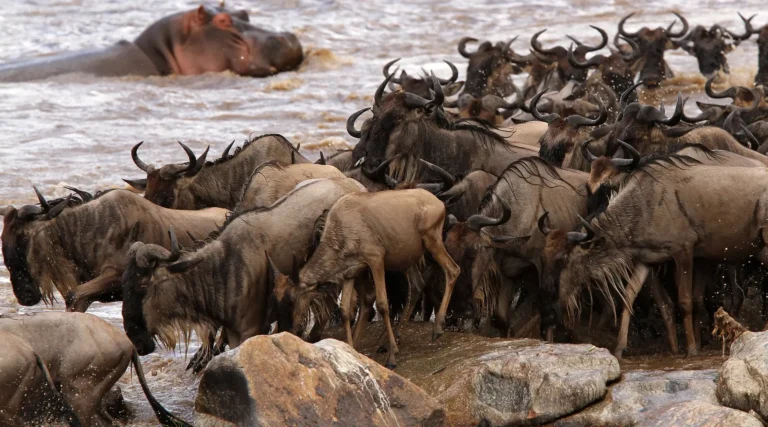
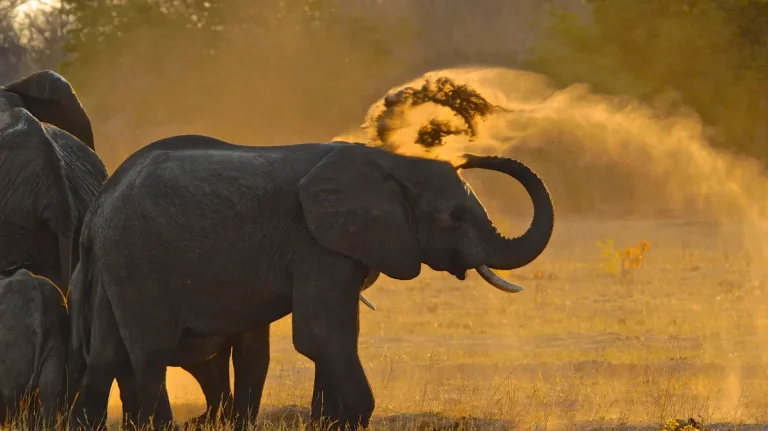
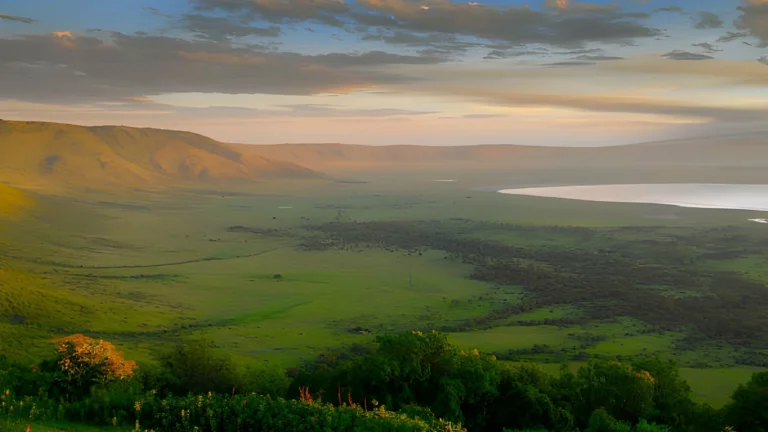
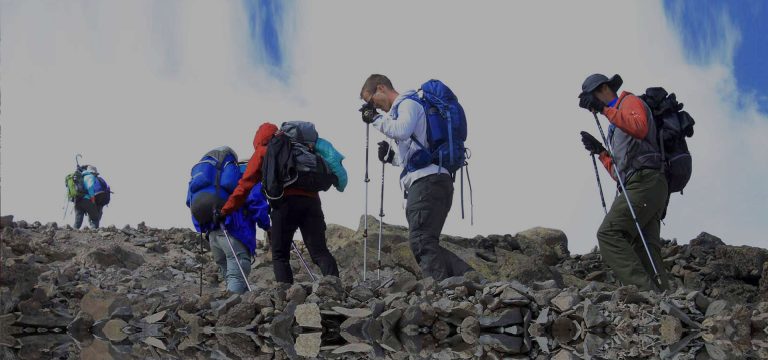
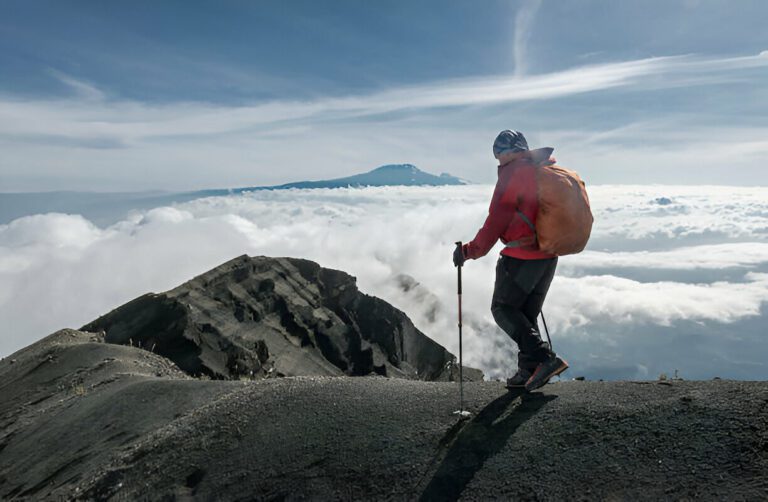
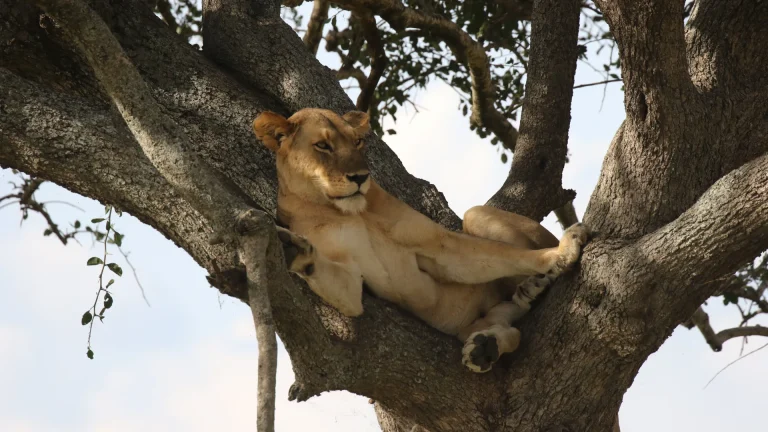
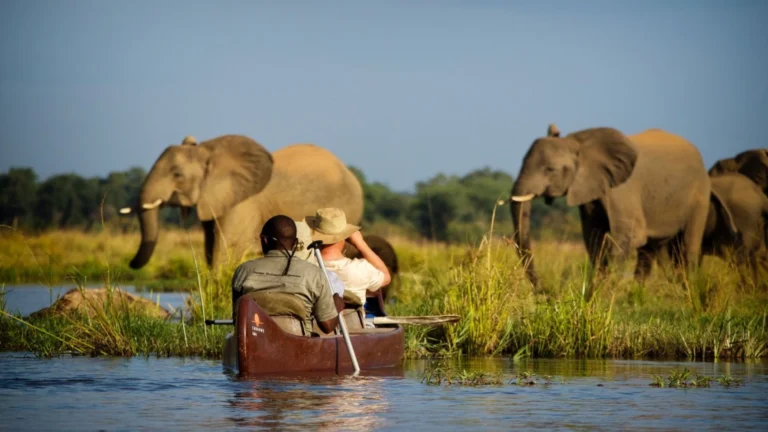
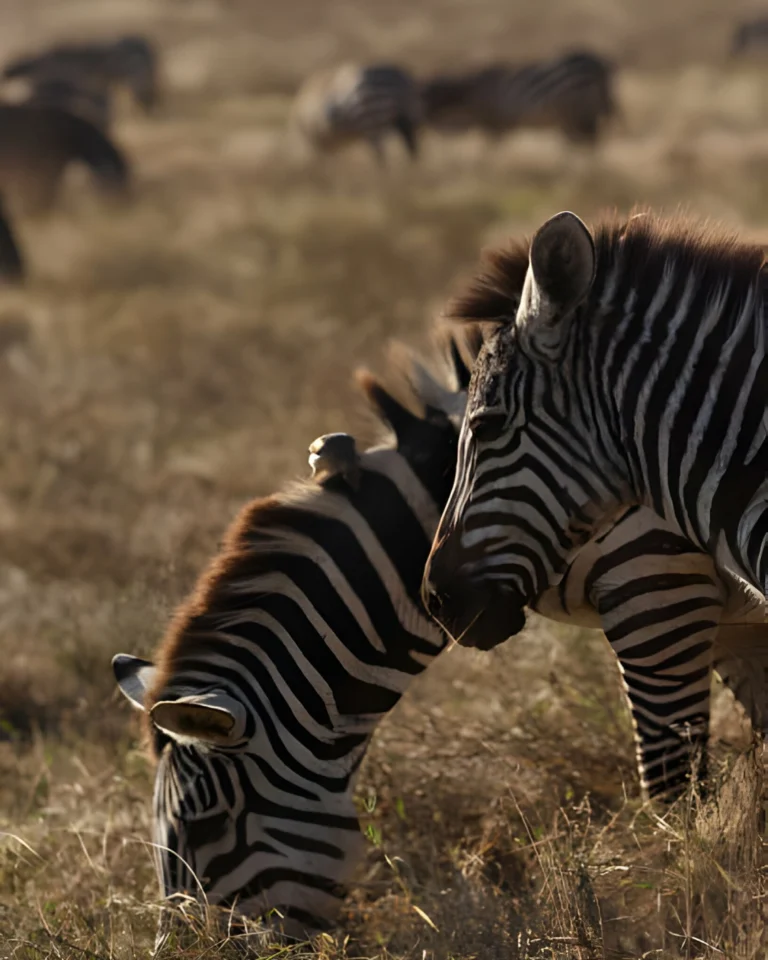
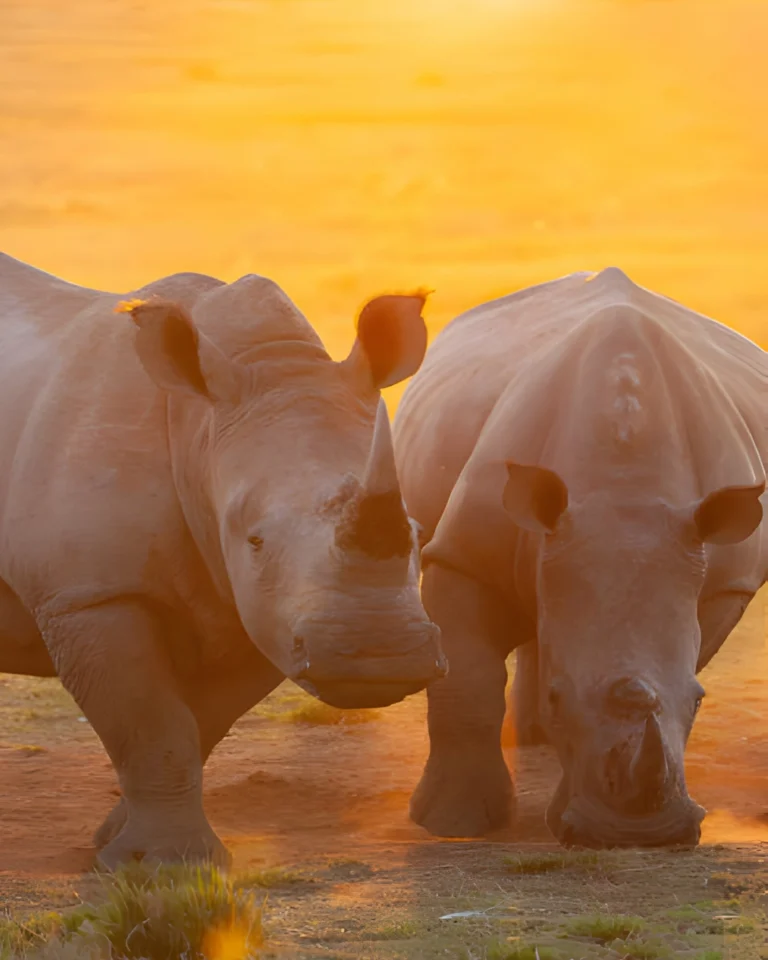
Trekking Adventures
Mount Kilimanjaro offers seven main routes to reach its summit, Uhuru Peak, each providing unique challenges and stunning views. These routes include Marangu, Machame, Lemosho, Shira, Rongai, Northern Circuit, and Umbwe, with most starting on the mountain’s southern side except for the Rongai route, which begins in the north. Climbing Kilimanjaro typically takes 5 to 9 days, with longer itineraries improving your chances of a successful summit by allowing better altitude acclimatization.
FAQs
A Tanzania budget safari is an affordable safari option that offers incredible wildlife experiences while keeping costs low. It typically includes basic accommodations, shared transportation, and essential services to make the safari accessible to more travelers.
Most budget safari packages include park entry fees, shared game drives, accommodations (basic lodges, tented camps, or campsites), meals, a professional guide, and transportation in a safari vehicle. Flights, visas, tips, and personal expenses are usually excluded.
You can see the same incredible wildlife as on luxury safaris, including the Big Five (lion, leopard, elephant, rhino, and buffalo), as well as zebras, giraffes, cheetahs, wildebeests, and countless bird species.
Absolutely! Budget safaris include visits to renowned parks such as Serengeti National Park, Ngorongoro Crater, Tarangire National Park, and Lake Manyara, offering the same breathtaking experiences as luxury options.
The best time depends on what you want to see. The dry season (June to October) is ideal for wildlife viewing, while the wet season (November to May) offers lush landscapes, fewer crowds, and excellent birdwatching opportunities.
Yes, many operators allow you to customize your budget safari. You can choose the parks you want to visit, adjust the duration, or select specific accommodations within your budget.
Discover the Wilderness of Africa

Joseph Cosmas
- Travel Expert
Connect with our Travel Expert for personalized guidance and unforgettable experiences.
